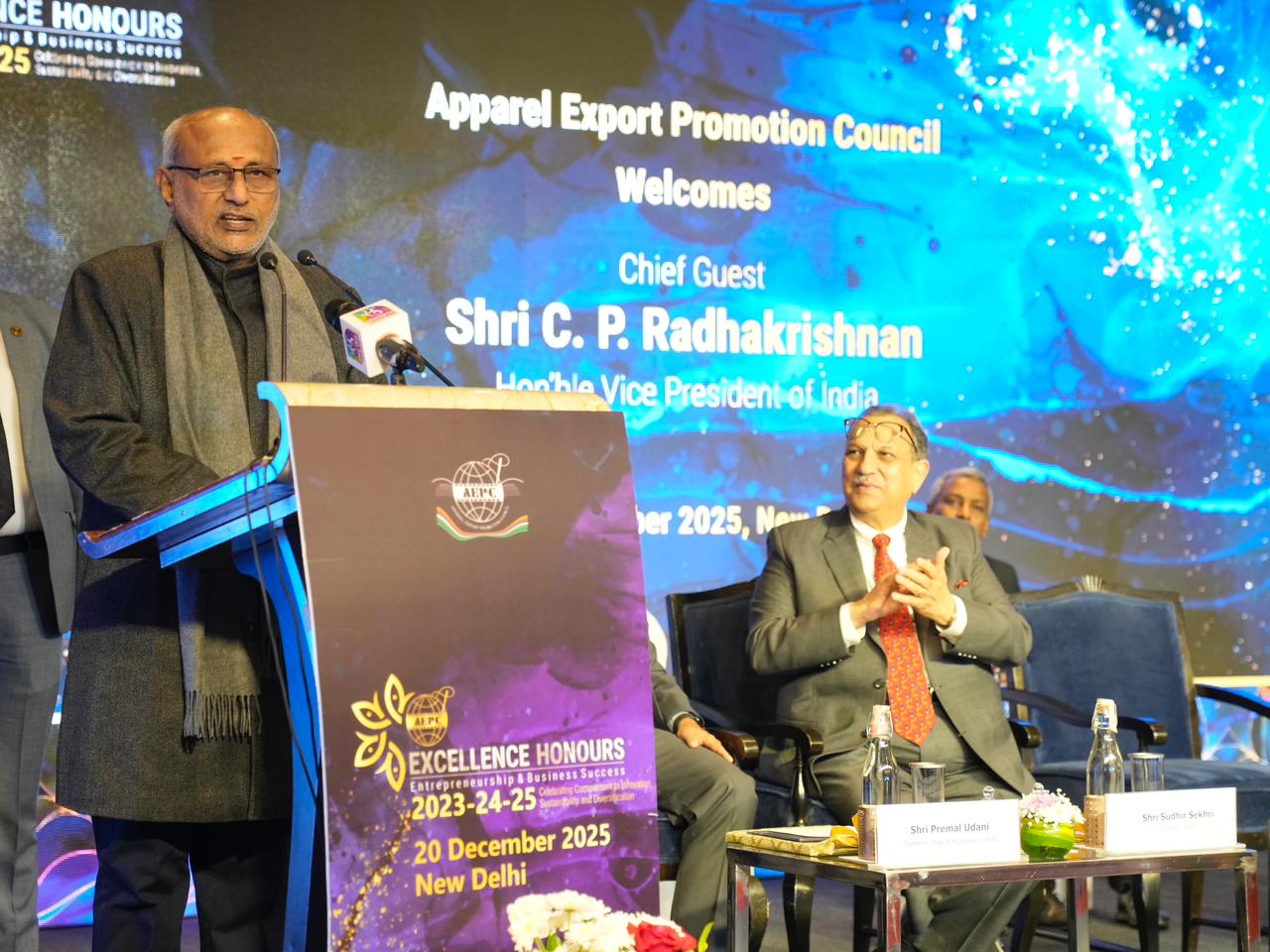
A new report from the H&M Foundation and Accenture reveals that the fashion industry has reached a critical inflection point, warning that incremental innovation alone is insufficient to meet climate targets. Instead, the ‘From Signals to Systems Change’ report advocates for a radical reimagining of the entire textile value chain, driven by scaled-up, early-stage innovations that simultaneously tackle decarbonization and social justice.
The analysis, published in October 2025, lays bare the industry's carbon hotspots while spotlighting the 2025 Global Change Award (GCA) winners as catalysts for this transformation.
The urgency is about where the carbon is
The report underscores that the current linear model is highly carbon-intensive, with more than 90 per cent of emissions concentrated upstream in production and downstream in consumer use. Shifting these processes away from fossil fuels and virgin resources is crucial. The System Map breaks down the major emission drivers in the current fashion system.
Table: Textile/apparel value chain carbon emissions
|
Value chain stage |
Estimated carbon emissions concentration |
|
Yarn and Fabric Production |
52% |
|
Consumption (Use phase, laundry, transport) |
32% |
|
Fibre Production (Raw material processing) |
11% |
|
Garment Production |
5% |
"The figures are staggering, but they offer a clear compass," said a spokesperson for the H&M Foundation. "If we want to reach net-zero, the industry must move its focus from simply tweaking the edges to fundamentally redesigning the beating heart of the system, where materials are made and how we consume"
The new normal, climate as the design brief
The industry is not just under internal pressure; it is being reshaped by a growing era of polycrisis. Geopolitical uncertainty, tightening regulations (like the EU's CSDD), and increasing climate risks are forcing radical adaptation. The report notes, for example, that extreme heat (like the 2024 heatwave in Bangladesh) affects an estimated 66 million textile workers, creating an urgent need for climate-adaptive workplaces. This environment is leading to what the report terms the ‘Reimagined System Map’, where design no longer starts with a blank slate, but with what already exists surplus and recycled materials.
The Global Change Award (GCA) 2025 winners highlights the solutions, showcasing how early-stage innovation can deliver massive returns for both the planet and people. Accenture applied its 360-degree value approach to estimate the potential impact of scaling these ideas globally by 2050.
Table: GCA innovation & estimated annual impact by 2050
|
GCA innovation |
Innovation focus |
Estimated annual impact by 2050 |
|
Renasens |
Waterless recycling of blended textile waste. |
570,000 metric tons of CO2 emissions saved. 160 billion litres of water saved. |
|
Loom |
Digital upcycling platform connecting wardrobes with designers. |
Creation of 30,000 new designer job opportunities annually. |
|
PulpaTronics |
Laser-printed, metal-free RFID tags on paper. |
3,000 tons of e-waste reduced (equivalent to 18 million smartphones). |
|
The Revival Circularity Lab |
Community-led upcycling and education (Kantamanto Market, Ghana). |
People & Social Impact: Empowered local artisans, fair livelihoods, and scaling textile waste diversion through a just transition. |
The data confirms that resource-efficient technologies are ready to revolutionize supply chains. The Renasens case, for instance, highlights a waterless recycling process that could save water comparable to the average annual drinking consumption of 200 million people, while significantly reducing carbon output. Meanwhile, Loom offers a digital model that moves beyond simple efficiency, focusing on empowering individual creators. Its platform for connecting existing wardrobes with designers could generate income for tens of thousands of designers, shifting power dynamics in the design phase.
For communities, the work of The Revival Circularity Lab emphasizes that systems change must be just. By tackling the global textile waste crisis through local upskilling and fair livelihood creation in places like the Kantamanto Market, they make essential workers from sorters to artisans visible and valued.
A call for radical collaboration
The report emphasizes that no single actor can drive this transformation alone. It requires what it calls a symbiosis between suppliers, brands, investors, and communities.
“The next stage of this journey is not about finding the next ten great ideas, but about radically scaling the proven ideas we already have,” says Maria Persson, a Sustainability Analyst at Accenture, speaking on the report's findings. “This means shifting capital, sharing infrastructure, and ensuring policy mechanisms not only penalize polluters but actively reward and de-risk the innovators. When changemakers thrive, systems change follows.”
The future of fashion, the report concludes, will be shaped not by a single dominant brand or one technological breakthrough, but by a collective, bold movement toward a decarbonized and human-centered circular economy.












